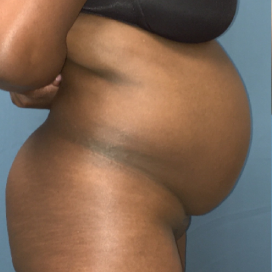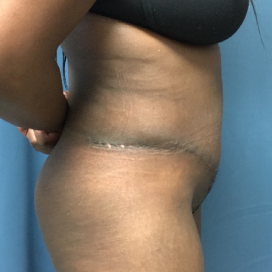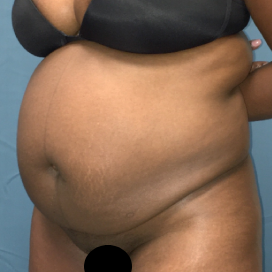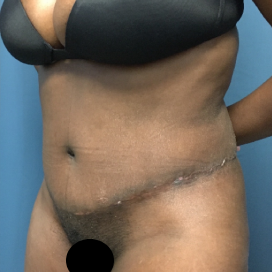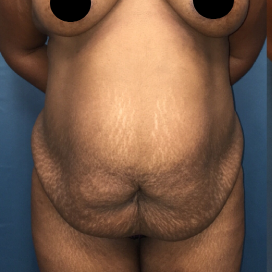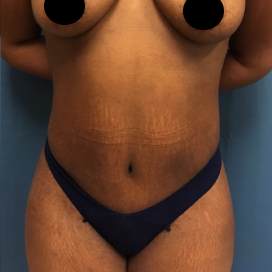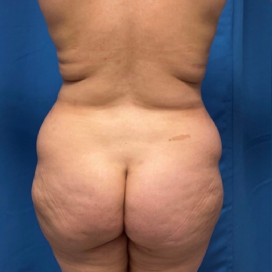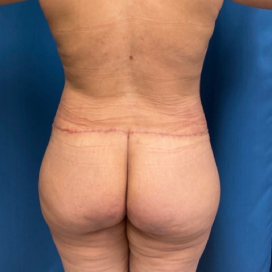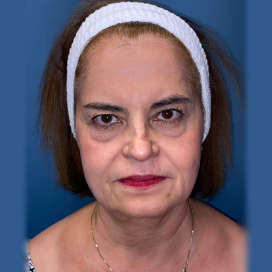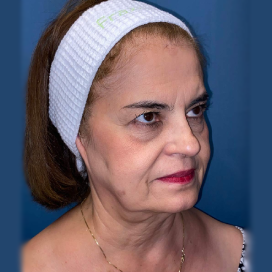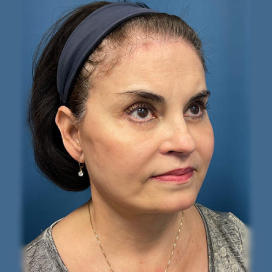Fat transfers, or fat grafting, offer an alternative option to building volume using one’s own body fat. This procedure takes your own body fat and relocates it to another area. For example, if your breasts have lost volume, and breast implants are not your desired option to restore their shape, your board-certified plastic surgeon can remove fat from your hips and abdomen and transfer it to your breasts instead.
To perform a successful fat transfer that achieves your desired aesthetic goals, there are certain areas of the body recommended to both transfer from and to, we discuss those options here:
Contents
Where is Fat Taken from During Fat Transfer?
Your own fat is harvested from areas of the body where you have a surplus. For most patients, this means taking the fat from the abdomen, hips, buttocks, and/or thighs. The fat is then “cleaned” or “purified” before reinjecting it into other areas of your body. Since toxins can build up in the larger fat stores in the areas where the fat has been stored and then removed, it’s important to start with cleaned and purified fat for the best results.
If you’re like most patients, you probably want to remove extra fat from your hips and abdomen. This is the ideal fat source since that is where extra fat is often stored on the body. This is beneficial in multiple ways as taking fat from these areas minimizes and smooths while also reducing the risk of certain health issues (e.g., diabetes). Fat transfer procedures also allow for a greater volume of fat to be removed than just liposuction alone, making fat transfers more appealing in certain cases.
Where Is Fat Injected During Fat Transfer?
Once the fat is removed, cleaned, and purified, you have the option of using your fat for a number of procedures. You can use it to enhance breast volume with or without breast implants, enhance flat buttocks (also with or without implants), fill out hollows in your cheeks, plump outlines in your face, and plump your lips for a fuller pout. You can even use fat transfer to hide the bones, sinews, and veins in your hands if the skin has become too thin and transparent.
Depending on what you want to do with the removed fat, your plastic surgeon will remove just the right amount of fat from the designated target areas to fill out the areas that you want to be rejuvenated.
Are There Cons to Fat Transfer?
The pros of using your own body fat are multifaceted, as we have discussed here. As with any procedure, there are many elements to consider before going into surgery.
Some considerations include the possibility that some patients may have an allergic reaction when using their own fat as “filler” or “volumizer”. Additionally, significant weight loss can change the look of an area that previously underwent a fat transfer and may require a follow-up procedure. Studies have shown that there is a 30-70% loss of the fat that is injected/transferred. Be sure to bring up any concerns with your surgeon at your initial consultation and they can address any reservations you may have.
Schedule a Consultation
New Image Plastic Surgery features board-certified plastic surgeons Dr. Dallas Homas and Dr. Lisa Brostrom, both of which are willing to provide you with a free consultation on your fat grafting or fat transfer procedure. Schedule your consultation today by calling or filling out our online contact form!
